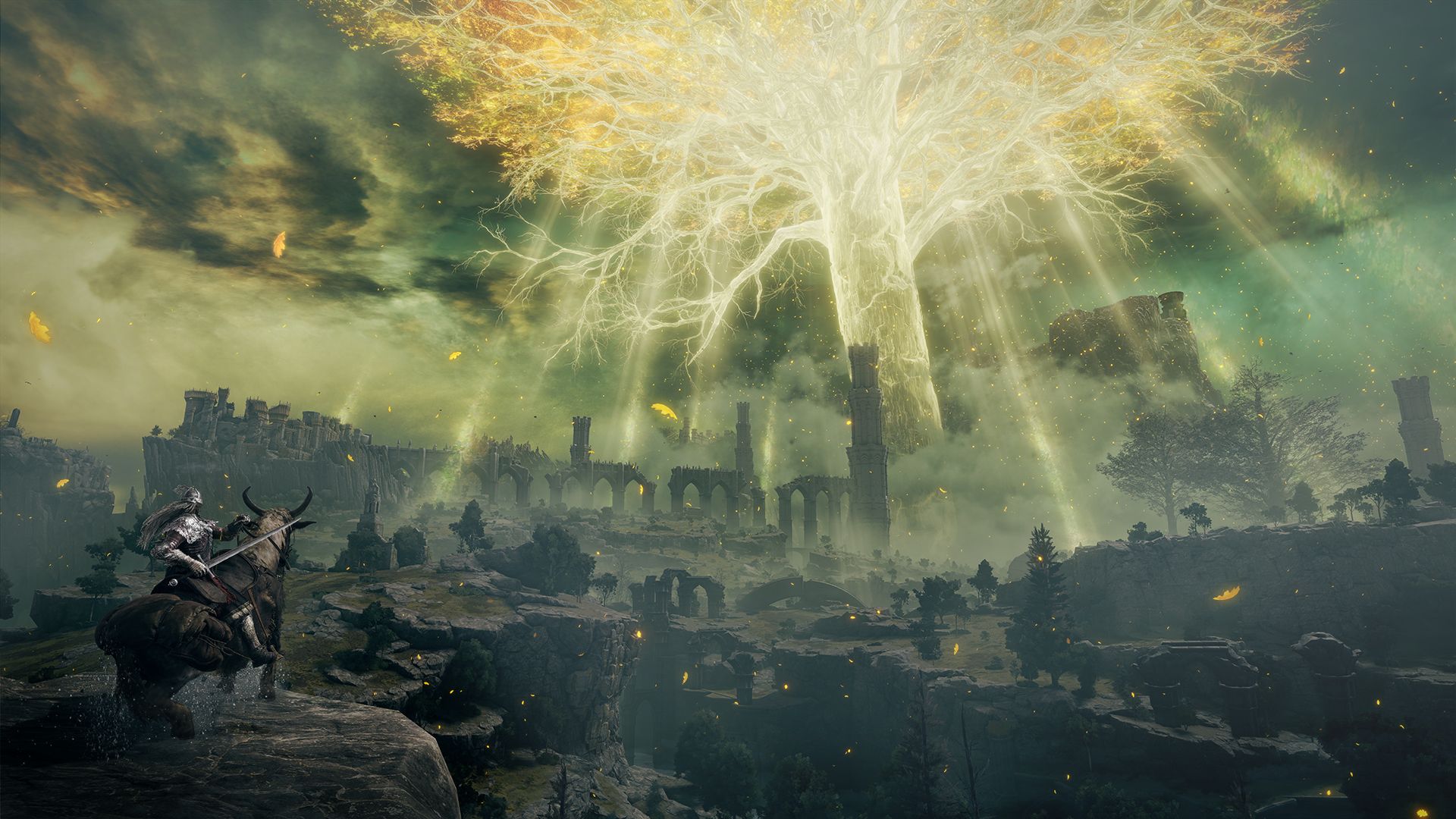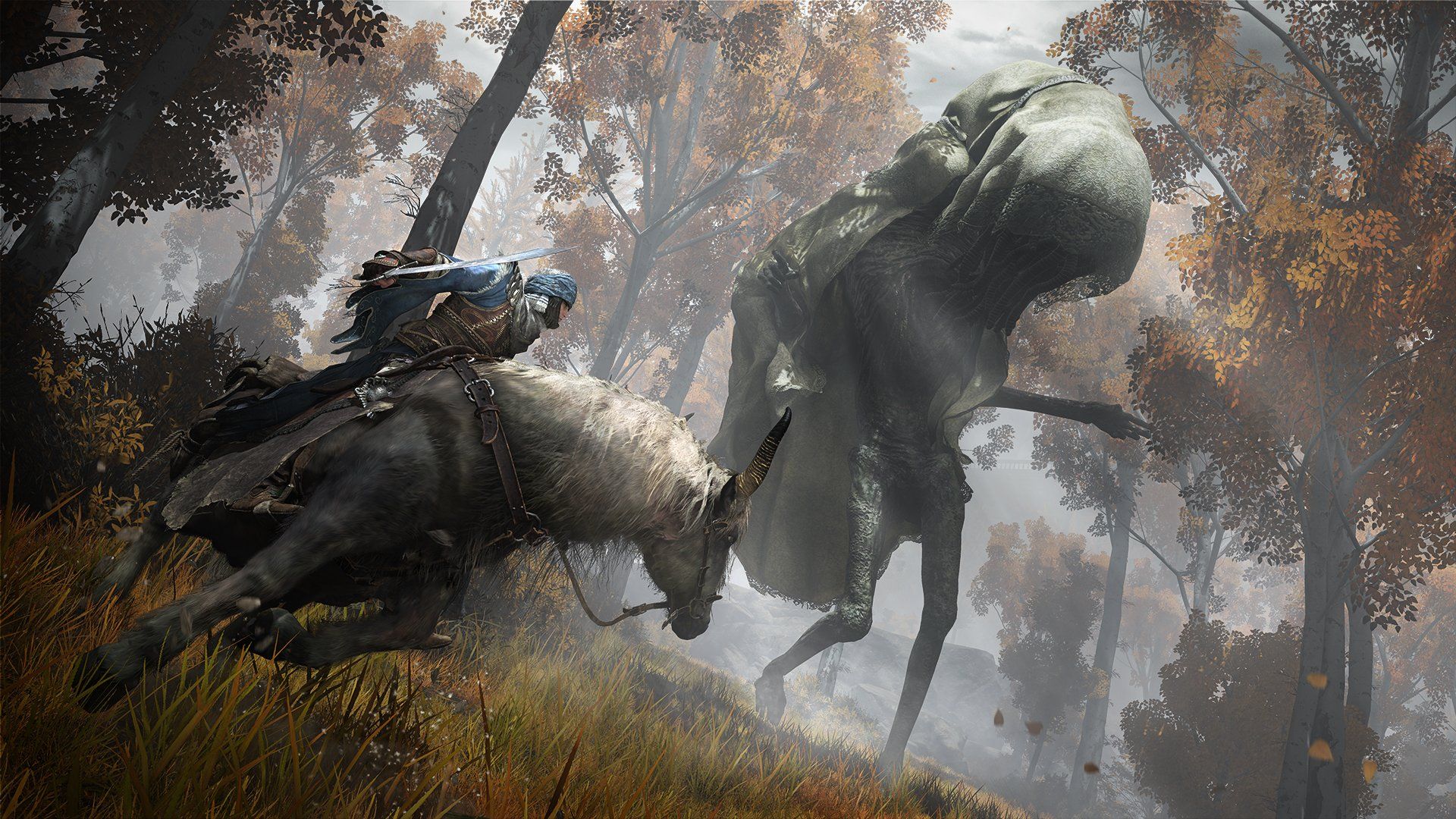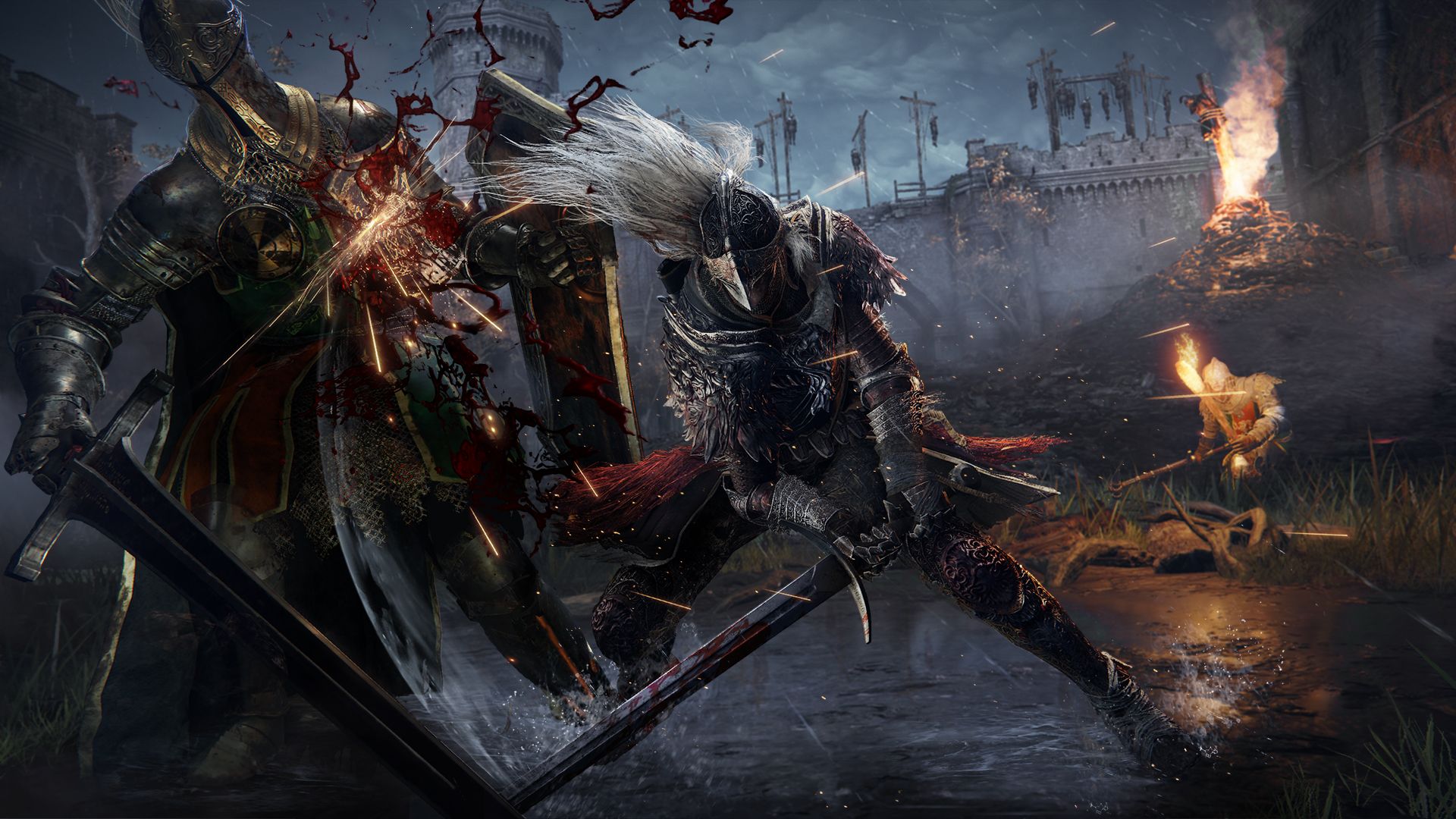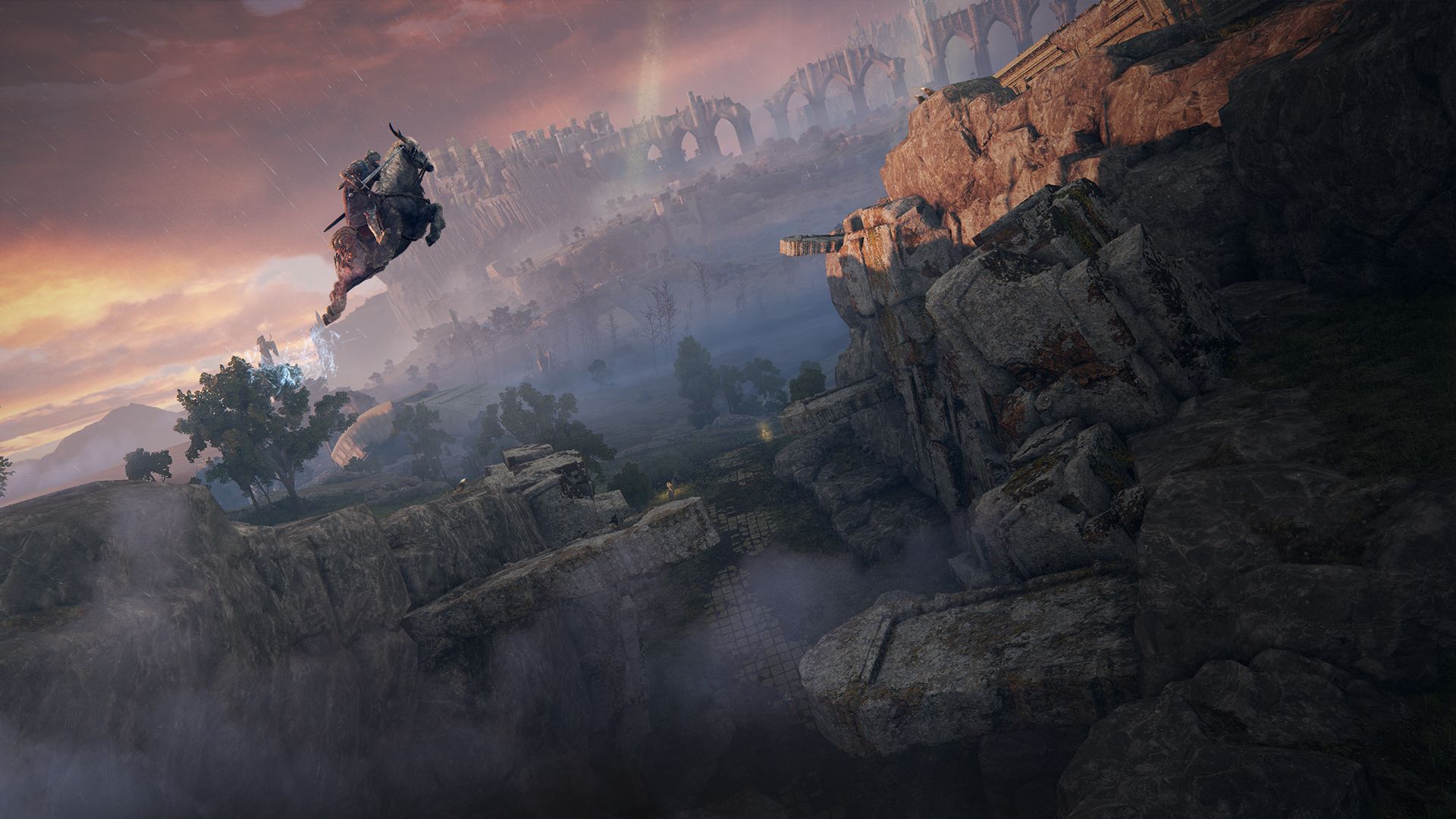FromSoftware has become renowned for its challenge. Ever since the release of Demon’s Souls back in 2009, the studio has become synonymous with difficulty. Its games are almost feared for the challenge they represent, threatening to beat players into a pulp as they try in vain to conquer them. It’s a deserved moniker, with Dark Souls, Bloodborne, Sekiro, and now Elden Ring unafraid to test our mettle against an endless gauntlet of enemies.
Yet to define these games by nothing more than their difficulty would be to undermine them, failing to recognise the cohesive worlds and alluring characters each and every game under the FromSoftware umbrella manages to deliver. Elden Ring is the most accomplished of them all, presenting a stellar open world in The Lands Between that is an absolute joy to explore. The monsters who call it home will destroy you, but the game offers so many tools to dispatch them that holding your own is far easier than you might expect.
Unlike Dark Souls or Bloodborne, which seldom hand out tutorials or provide concrete hints about its mechanics, Elden Ring is happy to list out myriad tips in the options menu that run down how combat works and what exactly you need to do in order to survive. Attacking, blocking, movement, magic, crafting, special abilities, and so much more are explained in approachable terms that aren’t trying to be mysterious for the sake of it. They’re instead honest and to the point, acknowledging that these games are now blockbusters that will inevitably attract newcomers who have never before knelt at a bonfire.
As someone who has beaten every single Soulsborne game with the exception of Sekiro, I found Elden Ring to be far easier to conquer than any that came before it. That doesn’t mean it’s a walk in the park, far from it, but it provides so many avenues to progression that even newcomers can learn the ropes and feel like a formidable warrior with enough practice. You’re given a selection of classes to choose from that range from heavily outfitted to barebones, their capabilities made abundantly clear from the outset. Yet these are just blueprints with no firm dictation. I began as a sorcerer yet evolved into a greatsword wielding knight, upgrading my skills in a way that accommodates such a playstyle. Nothing is set in stone, and pure skill outweighs the contents of your loadout each and every time.
Elden Ring provides so much flexibility, largely thanks to an open world that makes grinding for experience and seeking out alternate challenges when you bump into an unstoppable boss battle a totally legitimate strategy. It happened to me a bunch of times, where I’d reach the apex of a dungeon only to have a boss deck me into dust, or stumble upon a gateway that I needed a specific item to unlock. Moments like this will happen, and you’ll need to turn around and find something else to do in the meantime.
The Lands Between is filled with bespoke interactions and encounters that you never feel at a loss for things to do, whereas previous FromSoft games would turn people away once they hit a certain point where progress felt impossible. That doesn’t happen here, which breaks down a stigmatised barrier that has long held these games back from more casual audiences. The game isn’t welcoming them with open arms, it will still trip them up in the mud and laugh at them before calling their mother a cunt, but it will do so nicely. Compared to previous games, it feels like more people will conquer Elden Ring, a mantra which has been repeated by director Hidetaka Miyazaki ahead of release.
Having the ability to summon spirits to deal additional damage and aggro bosses also makes them much easier to stomach. I’d often summon a pack of wolves that tore my opponent to shreds, dragging their attention to a specific part of the arena where I could sneak behind them and deal a few cheeky slashes while they’re none the wiser. It’s a cheesy strategy, but one that works and doesn’t abuse the tools Elden Ring makes readily available. Summoning is also incentivised far more, and even if the hardcore decry it as easy mode, you’d be avoiding a central mechanic of the entire experience if you never used it. Never be afraid to ask for help, we’re all in this together and going it alone isn’t all it’s cracked up to be.
Oh - and you can just run away from your problems most of the time. This has been the case in all Soulsborne games. With enough knowledge of the environment you can sprint past enemies and into the next area without taking a scratch. The addition of a mount in Elden Ring all but encourages this, with some new regions being filled with foes that can murder you in an instant - but they can’t do shit if you’re too fast for them. I might be a mighty warrior who can fell giants with her greatsword, but I’m also a massive pussy who knows exactly when to call it a day. FromSoftware doesn’t mind if you embrace cowardice, and that rules.
If you’re looking at the avalanche of perfect reviews for Elden Ring but remain anxious about its uncompromising difficulty, you can rest assured that this is the most approachable game in the FromSoftware lineage by quite a significant margin. It’s still very hard indeed, but provides more than enough tools and guidance to make conquering its hardest challenges that much easier. You can alway ask me for help too, just keep an eye out for the Catra summon sign.








